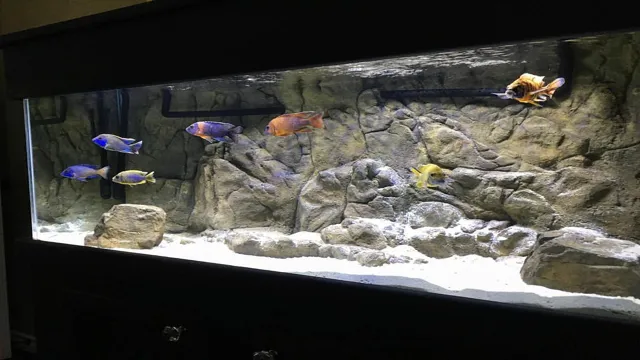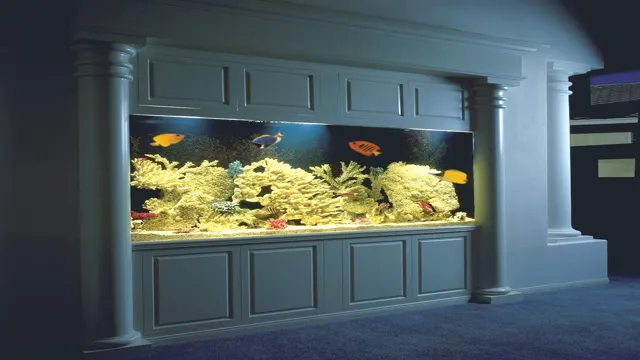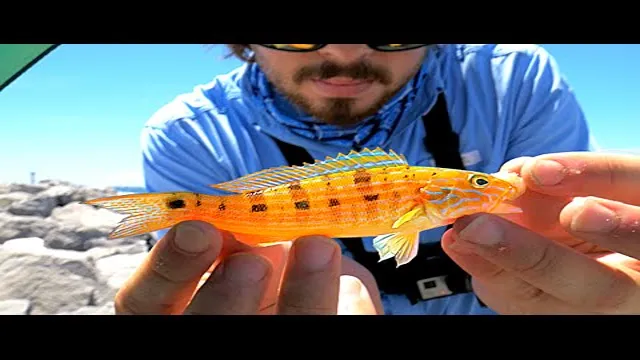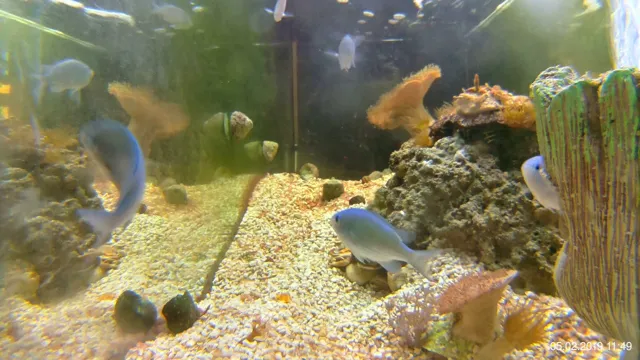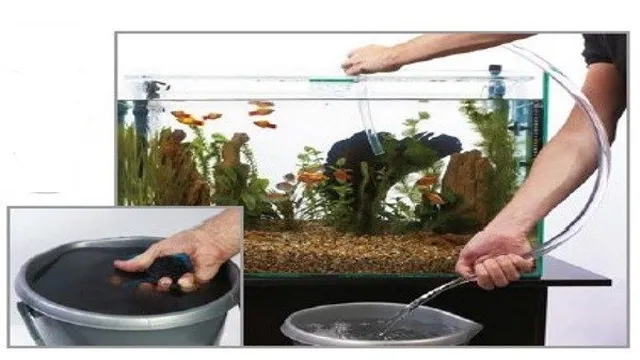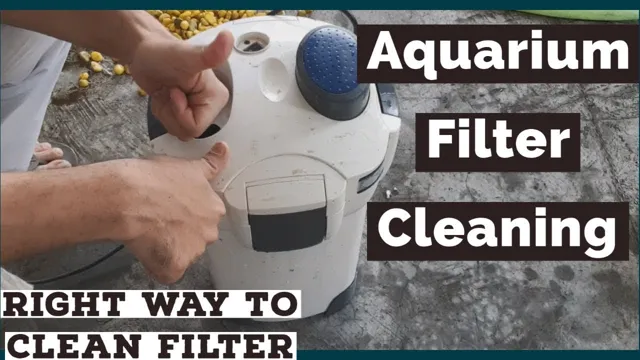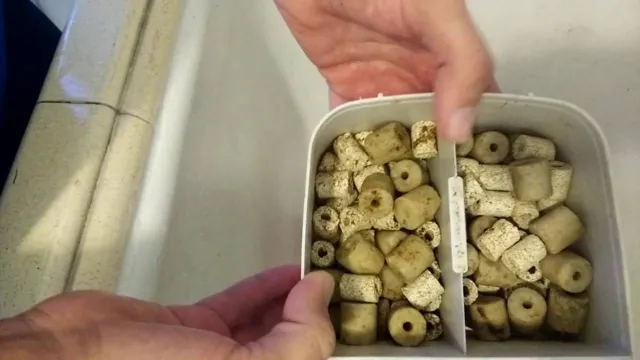Are you looking for a creative way to spruce up your aquarium? Why not try making a PVC 3D background? This simple DIY project will not only add depth and visual interest to your tank but can also provide hiding places for your aquatic pets. Plus, it’s a fun and rewarding activity that you can do yourself. To get started, all you need is a PVC sheet, a heat gun, scissors, and some aquarium-safe silicone.
You can easily find these materials at your local hardware store or online. With just a little bit of time and effort, you can create a stunning 3D backdrop that will take your aquarium to the next level. The process involves cutting and heating the PVC sheet to bend it into your desired shape, then attaching it to the back of your aquarium using silicone.
You can get as creative as you want with your design, whether it’s a rocky cave or a lush jungle. The possibilities are endless! Not only is a PVC 3D background visually appealing, but it can also provide a hiding place for your fish and other aquatic creatures. It can also help to create a more naturalistic environment for your pets, making them feel more at home in their tank.
Overall, making a PVC 3D background is an easy and fun DIY project that can enhance the look and feel of your aquarium. So why not give it a try? Your aquatic pets will thank you for it!
Gather the Materials
Before you begin making a PVC 3D background for your aquarium, you will need to gather some materials. The first item on your list should be a PVC board, depending on the size of your aquarium. You will also need a heat gun or a hairdryer to soften the PVC board to shape it into your preferred design.
Other essential materials include a utility knife or a saw to cut the PVC board to your preferred size, aquarium-safe silicone, and sandpaper to smooth the edges. For additional decoration, you can add rocks, sand, or plastic plants to give your background some texture and color. Remember to clean the PVC board before using it, and make sure to choose an area where the background will not interfere with the filtration system or other equipment in your aquarium.
With these materials, you are ready to create your unique PVC 3D background.
PVC pipes, saw, sandpaper, PVC glue, silicone sealant, foam board, plastic plants
If you’re planning to make a DIY project using PVC pipes, it’s important to gather all the necessary materials beforehand. To start, you’ll need PVC pipes of various sizes, a saw to cut the pipes to your desired length, and sandpaper to smooth out the edges. PVC glue is crucial to successfully hold the pipes together, and silicone sealant will prevent any leakage.
You’ll also need foam board to create a sturdy base for your project and plastic plants to add a touch of decoration. It’s important to gather all these materials before you start your DIY project to ensure you have everything you need and can work efficiently without interruption. By doing so, you’ll save time and avoid any unnecessary trips to the store.
So, gather your materials, and get ready to create a one-of-a-kind piece using PVC pipes!
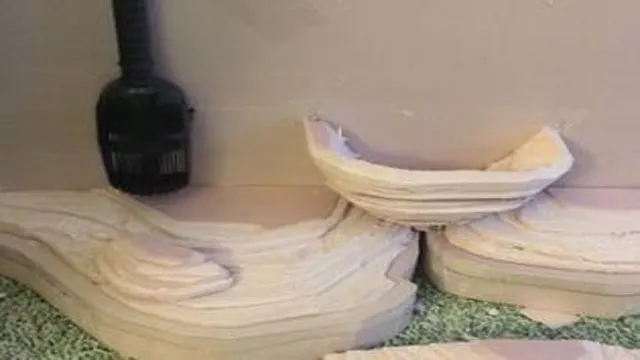
Plan the Design
If you’re wondering how to make a PVC 3D background for your aquarium, it all begins with a solid plan. First, decide on the size and shape of your aquarium, as this will determine the dimensions of the PVC panels you’ll need. Take accurate measurements and sketch out a basic design on paper or a computer program.
Then, consider the type of background you want to create – will it be a natural stone or rock look, or maybe a futuristic sci-fi theme? You can gather inspiration online or from other aquarium enthusiasts. Once you have a clear idea in mind, you can start brainstorming the PVC panel shapes and sizes that will achieve the desired effect. It’s also important to consider any additional materials you may need, such as silicone adhesive or epoxy.
Lastly, make sure you have all the necessary tools and equipment before starting the project. With a well-thought-out plan in place, your PVC 3D background will be sure to impress. (See Also: How to Get from Palo Alto to Monterey Aquarium: The Ultimate Transportation Guide)
Sketch out the design, measure your tank, and cut PVC pipes to size
Before you start building your PVC aquaponics system, you need to plan the design. Sketch out a diagram of how you want your system to look and measure your tank to ensure proper fit. This is important because it will help you determine how many PVC pipes you will need and how long they should be.
Once you have your design plan in place, you can proceed to cut your PVC pipes to size. Make sure to use a saw or pipe cutter and measure each cut accurately. This step is crucial because even a small mistake can throw off the entire system.
By planning your design carefully and taking the time to measure and cut your PVC pipes accurately, you’ll be on the right track towards creating a successful aquaponics system for your home or business.
Assemble the Background
Making a PVC 3D background for your aquarium can be a fun and creative way to elevate your fish tank’s look. The first step in creating a 3D background is to assemble the background by cutting the PVC pipes and fittings into various sizes and shapes. You can use a variety of cutting tools like saws, cutters, and sandpaper to create different textures and patterns on the PVC pieces.
Once you have all the pieces ready, you can start to assemble them together using PVC glue or silicone sealant. It’s important to plan the layout beforehand to ensure that the pieces fit together smoothly and allow enough space for your fish to swim around. With a bit of creativity and patience, you can create a stunning and unique 3D background that will make your aquarium stand out.
Glue PVC pipes together in the desired design
If you’re looking to create a stunning background for your next event or project, PVC pipes could be the perfect solution! Putting together a PVC pipe background is surprisingly easy, and all you need are a few simple tools and materials. First, you’ll need to decide on the design you want, whether it’s a simple panel or a more complex arrangement of shapes. Once you’ve decided on your design, it’s time to glue the PVC pipes together.
Use a strong adhesive that will form a durable bond, and make sure to double-check your measurements as you go to ensure everything lines up correctly. As you assemble your background, keep in mind that you can also add lighting or other decorative elements to enhance the overall effect. With a little creativity and some basic materials, you can create a beautiful and unique background that will impress your guests or clients.
So, what are you waiting for? Start planning your design today and let those PVC pipes work their magic!
Attach foam board to the back of the PVC pipes with silicone sealant
When it comes to assembling a PVC pipe background for your aquarium, it’s important to make sure it’s secure and won’t fall apart under water pressure. One way to ensure this is to attach foam board to the back of the PVC pipes with silicone sealant. This will provide additional support and stability to the background, preventing it from tipping over or shifting when water is added.
To assemble the background, begin by cutting your PVC pipes to the desired length and gluing them together using PVC cement. Once you’ve created your desired shape and design, cut your foam board to fit the back of the structure. Apply silicone sealant to the back of the PVC pipes and attach the foam board, making sure to press firmly to ensure a solid bond.
Let the sealant dry completely before adding water to your aquarium. By using foam board as a backing, you’ll also be able to easily customize the look of your background. You can paint or decorate the foam board before attaching it, allowing you to create a unique and personalized background for your aquatic friends.
With the added stability and customizable options, using foam board with silicone sealant is a great choice for assembling a PVC pipe background for your aquarium. (See Also: How to Make a Protein Skimmer for Saltwater Aquarium: A Step-by-Step Guide)
Sand and paint the background to match your tank
When it comes to setting up your aquarium, it’s important to create an environment that your fish will love. One of the most important components of this is constructing a background that matches your tank. To start, you’ll want to sand down any rough patches on the background to ensure the paint will stick.
Once this is done, you can prime the surface with a layer of paint to create a smooth surface for your final coat. When it comes time to paint your background, you’ll want to use a color that closely matches the decor of your tank. This will help create a cohesive and natural-looking environment for your fish.
Once your background is painted and dry, it’s time to assemble it into your tank. This can take some time and effort, but with a little patience and know-how, you can create a beautiful and functional environment for your aquatic pets. By following these steps and taking care in the process, your aquarium will look great and your fish will thrive.
Add the Finishing Touches
Now that you have successfully installed your PVC 3D background in your aquarium, it’s time to add some finishing touches to really make it pop. The first thing you can do is add some live plants to the foreground of the aquarium. This will not only add a natural touch to the overall look but will also benefit the aquatic life by providing oxygen and a place for them to hide.
If you choose not to add live plants, you can still make the aquarium look more visually appealing by placing some decorative elements such as rocks, driftwood, or aquarium-safe figurines. Additionally, you can add LED lights to showcase the 3D background, bringing it to life. The lights will help highlight the details of the background and create a stunning atmosphere at night.
By adding these small finishing touches, you can transform your aquarium into a stunning spectacle that will leave you and your guests in awe.
Attach plastic plants and other decor with silicone sealant
Silicone sealant When it comes to aquariums, the finishing touches are crucial to creating a stunning underwater world for your fish to thrive in. One simple way to add some personality and color to your tank is by attaching plastic plants and other decor using silicone sealant. This versatile adhesive is perfect for creating a secure bond, ensuring that your decorations won’t come loose and create a mess in your tank.
Whether you want to place a colorful resin statue or a dense plastic forest, silicone sealant will make sure that it stays in place. Just be sure to let the sealant dry completely before adding water to your tank to avoid any contamination. With the right decorations and a bit of creativity, you can take your aquarium to the next level and create a beautiful underwater world that your fish will love.
Install the Background in Your Aquarium
If you’re looking to ramp up the visual appeal of your aquarium, a PVC 3D background might be just the ticket. These backgrounds are versatile and customizable, allowing you to create a unique look that fits both your personal taste and the needs of your fish. To install your PVC background, start with a clean and dry aquarium.
Cut your PVC background to size, making sure to leave a little extra around the edges in case of any slight discrepancies in size. You can attach your PVC background to the back of your tank with a silicone adhesive. Once the adhesive has dried, fill your tank with water.
You’ll be amazed at how your new background adds a whole new dimension of depth and visual interest to your aquarium. So why not try making your own PVC 3D background today and watch your fish swim amongst a world of their own? (See Also: How to Accelerate Aquarium Cycle: The Quick Guide)
Conclusion
In conclusion, making a 3D PVC aquarium background is a fun and creative way to jazz up your fish tank. With just a few materials and a bit of imagination, you can turn a dull tank into a stunning underwater oasis that your fish will love. And the best part? You get to take all the credit for this masterpiece, even though your fish may be the real stars of the show.
So go ahead and unleash your inner artist, and let the aquatic world of your dreams come to life!”
FAQs
What materials are needed to make a PVC 3D aquarium background?
To make a PVC 3D aquarium background, you will need PVC sheets, a heat gun, a jigsaw, silicone sealant, ruler or measuring tape, and a pencil.
How do I measure and cut the PVC sheets accurately for the 3D background?
To measure and cut the PVC sheets accurately, use a ruler or measuring tape and a pencil to mark the dimensions on the sheet. Use a jigsaw to cut the sheet.
Can I customize the design of the PVC 3D background for my aquarium?
Yes, you can customize the design of the PVC 3D background for your aquarium by drawing the desired pattern or texture on the PVC sheet before cutting it.
Do I need any special skills to make a PVC 3D aquarium background?
You do not need any special skills to make a PVC 3D aquarium background, but it requires patience and attention to detail. Following the instructions carefully will help you achieve a perfect result.
How do I attach the PVC 3D aquarium background to the tank?
You can attach the PVC 3D aquarium background to the tank using silicone sealant. Apply a thin layer of silicone on the back of the PVC sheet and press it against the inside of the tank.
Is a PVC 3D aquarium background safe for my fish?
Yes, a PVC 3D aquarium background is safe for your fish as long as it is properly installed and does not have sharp edges. It also provides hiding spots and shelters for fish.
Can I remove and reuse a PVC 3D aquarium background?
Yes, you can remove and reuse a PVC 3D aquarium background by carefully cutting the silicone sealant with a knife or scraper and peeling the background off the glass. Make sure to clean both the background and tank before reinstalling.

